
Epic Mickey: Power of Illusion - Review
by VGChartz Staff , posted on 21 November 2012 / 6,812 ViewsI’ve seen many interesting - I want to call them “bad timing situations” - with videogame releases in the past. Beyond Good & Evil had poor sales when it was forced to launch alongside Prince of Persia. Rayman: Origins also got overlooked when it launched next to Assassin’s Creed Revelations. Wait, those are all Ubisoft games. Why do you hate Michel Ancel, Ubisoft? Why?
Anyway, there are many great games that are sent out to basically die as they are released alongside big name AAA titles that will just drink their milkshake. Such is the tale of Epic Mickey: Power of Illusion. It not only was released the same day as its console counterpart, Epic Mickey 2: Power of Two Electric Boogaloo, it was released on the launch day of the Wii U console. All of the marketing is focused squarely on this new console and its many launch titles, so this little portable title is getting ignored. There is a bit of poetic irony to this, as the Epic Mickey franchise is all about the fate of forgotten things.
Which makes a clever segue into the story of this game. How many of you remember the Sega Genesis game Castle of Illusion? I’d wager not many, as it predates the release of Sonic the Hedgehog as well as the birthdays of some of you reading this. It was a rather simplistic platformer starring Mickey Mouse fighting his way through a castle to save (who else?) Minnie from a shapeshifting witch named Mizrabel. Do you get it? Huh? Pun Name! Isn’t it sooooo funny? Yeaaaah.
Anyway … so Power of Illusion begins when Mizrabel discovers that she now lives in the Wasteland along with all the other forgotten Disney characters. This pisses her right the hell off so she goes all Kingdom Hearts and kidnaps a bunch of beloved Disney characters so she can use the power of their hearts or something to do magic … stuff … to leave the Wasteland. Hmm. So she'll leave the Wasteland but because she's still forgotten she'll just end up back in the Wasteland. Ok, her plan doesn’t really make sense, but whatever. Basically thanks to the *ahem* power of illusion, she is keeping these much more famous characters trapped inside her castle. Oswald literally tells a brother what is up and contacts Mickey to do that platforming hero thing.
Basically it is a framing device to explain why you are running into dozens of characters from many of the more popular Disney film franchises. Aladdin, Lion King, Little Mermaid, Tangeled, Snow White, Sleeping Beauty, Peter Pan, and so on will have their characters make appearances. The game really just revolves around finding these characters hiding within the levels so you can unlock more of the castle.
Luckily Mickey has plenty of abilities to make it past the obstacles. He can do his best Tasmanian devil impression and perform a spinning attack. He can also simply jump on most enemies. There is a bit of strategy to this as with good timing you can perform a more powerful jump attack that will cause you to bounce much higher in the air. Many of the secret areas require you to use enemies as springboards in order to reach them.
This being an Epic Mickey game, your main weapon is the wizard Yen Sid’s magic paintbrush. You can gain health by attacking your foes with paint, or get e-tickets (the game’s currency) by using thinner. While all of the action takes place on the top screen, you can see hidden objects that can be manipulated by glancing down at bottom screen. Performing these special painting actions begins a stylus mini-game that has you either erasing something with thinner, or creating by painting in an outline. These are far from mindless as you have a limited amount of both liquids. The painting game rewards you for how well you follow the outlines. Mastering these mini-games is practically necessary in order to defeat the game’s three bosses.
Wait … three bosses?
Ok, I’m going to level with you. This game is probably shorter than it should be. There are only 11 stages and it is likely possible to complete the entire game in under four hours. Of course, I did say possible, not necessary. Much like many now retro 2D side scrolling platform games, there is the shortcut to the end and then there is the completionist path to the end.
For example, the first two characters you will save are Beast and Scrooge McDuck. When you return to the castle’s hub they will each be in their own room and they will have optional quests for you. Scrooge will tell you he wants to open a store, but he needs wood for a sign. Beast mentions that he has the materials you need, but he can’t find anything in the dark and he needs Lumiere. If you return to the level you found Beast in, you will be able to now find the talking candelabra. Completing these quests will open a store that allows you to buy upgrades for Mickey. Each of the over 20 characters have multiple quests to complete that will increase your playtime closer to 25 hours.
If you skip doing these quests, you are purposely depriving yourself of much of the game. You are also purposely making the game quite a bit more difficult. These quests will reward you with more e-tickets (for buying upgrades) or by simply improving Mickey’s stats. Returning to a level to complete these quests doesn’t feel completely like backtracking as they will have increased enemies the second time around. If you lose all of your health it will cause you to reset at the stage’s beginning or mid-stage checkpoint minus any tickets or characters you had collected. So you not only have to navigate the level and locate the character or quest items within, you also have to survive to the end. It starts off easy but gets quite a bit more difficult at a good clip.
The aesthetics of this game are truly wonderful. Even if there are fewer levels than I would like, each one is lovingly crafted. Even on my larger 3DS XL screen this game is gorgeous. Somehow they not only captured the classic hand-painted look of the Disney films but also the charm of pixel art. Instead of trying to blur the line it somehow merged the two and made it elevate above what I expected. Enemies animate better than most videogame heroes do. The sounds and music set the mood perfectly.
I will warn you that I am a fan of Disney as well as classic Disney platformers. I probably got a lot more enjoyment than many people would out of the nod to the NES Ducktales game that happens when you summon Scrooge McDuck into battle. I couldn’t help but smile when Aladdin would assist me through one level by throwing apples at guards, in a clever nod to the SNES Aladdin game. I will fully admit to this game pushing my nostalgia buttons both in a gaming sense as well as an animation sense.
The game’s biggest flaw is really that it needed to be twice as long as it was. There is solid gameplay, gorgeous graphics, clever level design, and dialog that is faithful to the many diverse characters. It is just a shame that we only got four different worlds (Neverland, Agrabah, Under the Sea, the castle), especially given how many other movies they reminded me about. Why were there three levels devoted to Peter Pan’s world but not a single one set in the Pridelands? It all feels like a missed opportunity especially when they have a setting that allows them to easily go “anywhere” because it is just a witch “casting illusions”. I know about space limitations of handheld games but I expected the game to have more levels than the 1989 Super Mario Land on the GameBoy did.
So all that said, it is a great game that is worth playing. I just don’t know if it is worth that $40 price point for anybody that isn’t a huge Disney fan. Give it a rent or wait for a sale. I want it to do well enough to see a sequel, but I also want people to not feel a ripped off content wise. And this is coming from a guy that recommends people play Skylanders.
This review is based on a 3DS copy of Epic Mickey: Power of Illusion.
VGChartz Verdict
7.5
Good








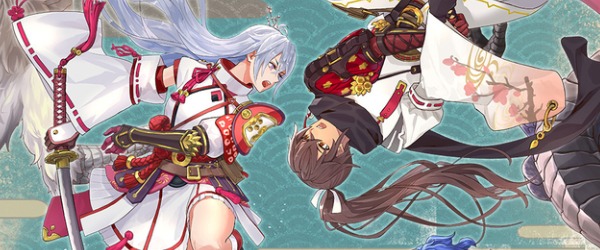
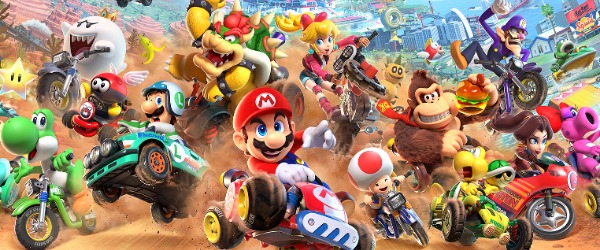
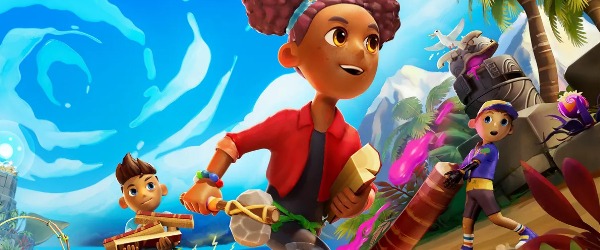
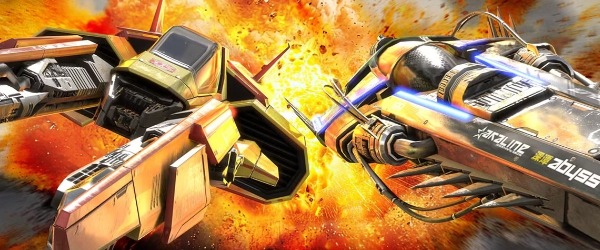













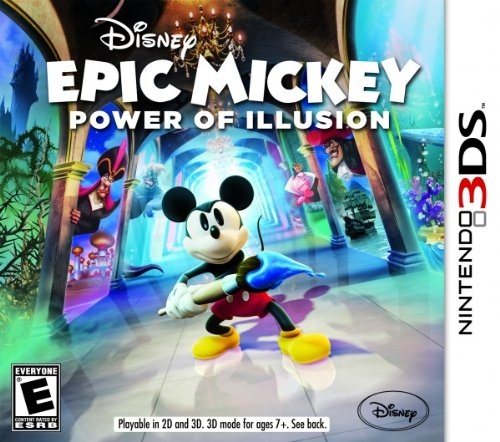

 Essay Pro
Essay Pro